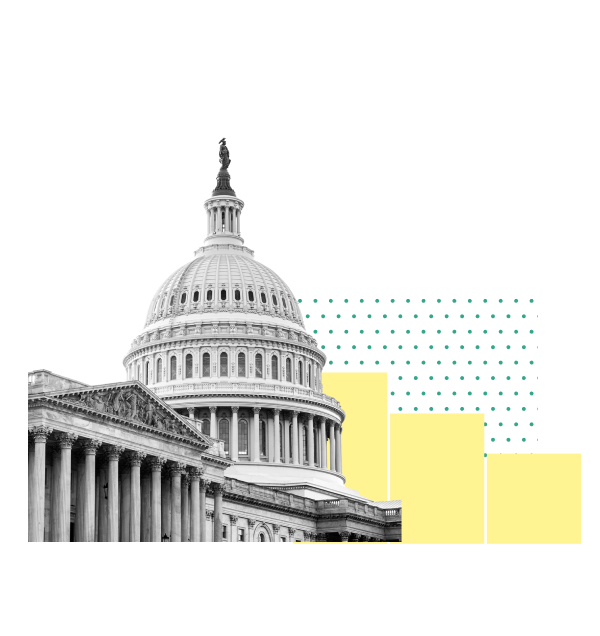Government spending
Get data-driven insights into how governmental revenue and spending affect American lives and programs. Get insight into Congressional and judicial decisions, programs like Medicare, Social Security, foreign aid, and more.
2024 government revenue and spending
Explore revenue and spending categories or filter by agency for deeper insights.
Source: US Treasury Department
Watch a deep dive with Steve
Recent articles
Fact-based answers to the questions we’ve all been asking.
